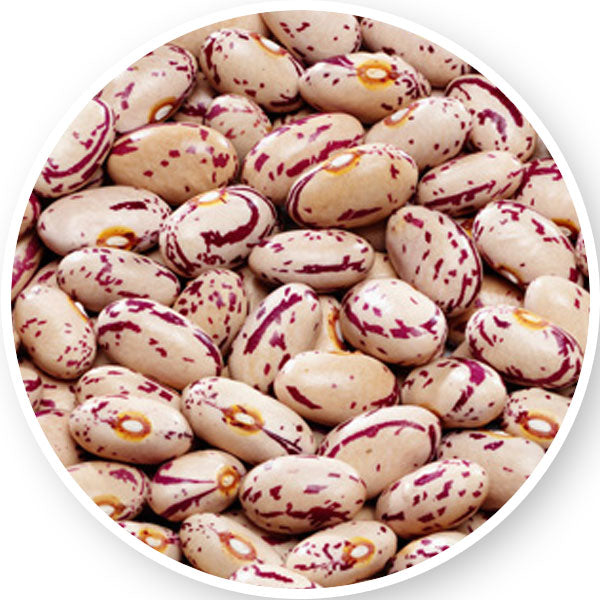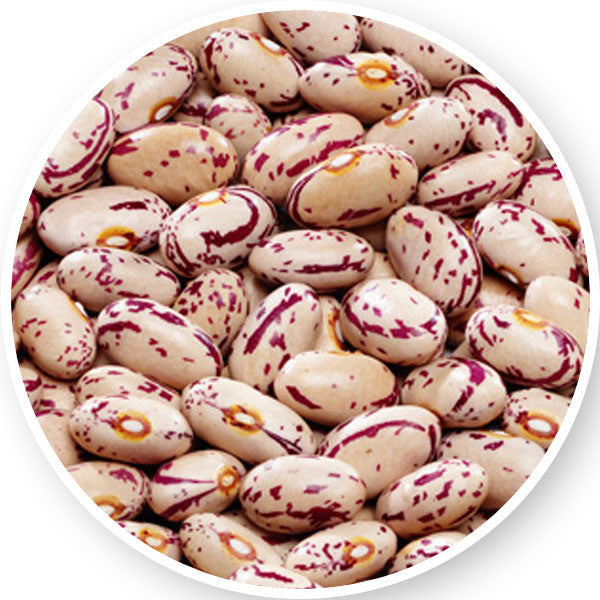Farming for Profit: Aligning Operations with the Bottom Line
Caiphas MuyamboShare with someone
Farming is a business, and like any business, its success hinges on profitability. Yet, many farmers struggle to achieve sustainable profits, sometimes due to insufficient planning and an inadequate understanding of production costs. For South African farmers growing row crops like maize and soybeans, the challenge is compounded by fluctuating input costs, unpredictable weather patterns, and market dynamics. To thrive, farmers must adopt a profit-centered approach where every decision aligns with the end goal: maximizing returns.
This requires not just focusing on a single enterprise but considering the farm as a holistic unit. Many farmers incorporate livestock, crops, and other money-generating activities into their operations. These enterprises often rely on and benefit from each other, creating synergies that can improve overall profitability. By combining enterprise budgets into one comprehensive farm budget, farmers can better track which operations are profitable and which need improvement or elimination. Farmers should adopt the "less is more" philosophy, as advocated by Van Der Rohe. This concept highlights that simplicity leads to clarity and efficiency. By cutting out unproductive activities and focusing on fewer, more profitable operations, farmers can reduce complexity and improve their bottom line. The goal is not to maximize activities but to maximize impact and profits.
The Importance of Production Costing
Accurate production costing is the foundation of profitable farming. Farmers need a detailed understanding of the costs associated with each phase of crop production—from land preparation to harvesting—and must calculate potential income based on expected yields and market prices.
A comprehensive production cost analysis includes:
- Input Costs: Seeds, fertilizers, pesticides, and herbicides.
- Operational Costs: Labor, fuel, machinery maintenance, and irrigation.
- Fixed Costs: Land leases, equipment depreciation, and insurance.
Key Activities on a Crop Farm
Crop farming requires meticulous planning and execution. Here is an outline of critical operations and cost-saving opportunities for maize and soybean production:
1. Land Preparation: Includes activities such as soil testing, plowing, disking, and leveling.
- Cost-Saving Tips:
- Conduct soil tests to determine nutrient requirements, avoiding over-or under-fertilization.
- Minimize tillage to reduce fuel costs and preserve soil structure.
2. Seed Selection and Planting: Includes activities such choosing hybrid seed varieties, calibrating planting equipment, and sowing at optimal times.
- Cost-Saving Tips:
- Invest in high-yield, drought-resistant seeds suited to local conditions.
- Use precision planting techniques to optimize seed use.
3. Fertilization and Soil Management: Includes applying nitrogen (N), phosphorus (P), and potassium (K) based on soil test results.
- Cost-Saving Tips:
- Adjust fertilizer applications to meet specific crop needs, avoiding waste.
- Consider bulk purchasing and cooperative arrangements to reduce costs.
4. Weed, Pest, and Disease Management: Includes herbicide application, scouting for pests and diseases, and pesticide use.
- Cost-Saving Tips:
- Adopt integrated pest management (IPM) practices.
- Rotate crops to break pest and disease cycles, reducing reliance on chemicals.
5. Irrigation Management: Includes monitoring water needs and optimizing irrigation schedules.
- Cost-Saving Tips:
- Use efficient irrigation systems like drip or center pivot.
- Monitor soil moisture levels to avoid over-irrigation.
6. Harvesting and Post-Harvest Handling: Includes combine harvesting, drying, and storage.
- Cost-Saving Tips:
- Ensure machinery is well-maintained to avoid costly breakdowns.
- Invest in proper storage facilities to minimize post-harvest losses.
Combining Enterprise Budgets for a Holistic Farm View
Many farms are diversified, incorporating crops, livestock, and other revenue-generating activities. These enterprises often depend on each other—for example, livestock can graze on crop residues, and manure can enrich soil fertility. By creating separate budgets for each enterprise and then combining them into one comprehensive farm budget, farmers can:
- Identify which enterprises are the most profitable.
- Understand the interdependencies between operations.
- Make informed decisions about where to invest resources and where to cut back.
- Track the overall financial performance of the farm.
Farmers with more than one planting seasons or multiple crop types should create production budgets for each crop to understand profitability. Similarly, other activities such as agro-processing or rental of machinery to other farmers should be included in the overall budget as other sources of income.
The "less is more" principle applies in all areas of the farm. Simplifying operations by focusing on the most profitable enterprises can lead to better resource allocation and higher net returns. Eliminating unprofitable activities allows farmers to concentrate on maximizing efficiency and profitability in their core operations. For example, if you can achieve your yield target without applying plant growth hormones, why should you spend time and resources applying them?
Let us look at a production budget for crop farm as an example:
Example of a Production Budget for 200 Hectares of Yellow Maize
Below is an example production budget for a farmer planting 200 hectares of yellow maize under rain-fed conditions at 40,000 plants per hectare.*
Input Costs
|
Expense |
Unit Cost (R/ha) |
Total Cost for 200 ha (R) |
|
Seed (Yellow Maize) |
3,300.00 |
660,000.00 |
|
Fertilizer - Macro |
5,212.00 |
1,042,400.00 |
|
Fertilizer - Micro |
94.00 |
18,800.00 |
|
Fuel (Diesel) |
1,396.00 |
279,200.00 |
|
Herbicide |
632.00 |
126,400.00 |
|
Insecticide |
1,000.00 |
200,000.00 |
|
Fungicide |
600.00 |
120,000.00 |
|
Aeroplane Spraying |
900.00 |
180,000.00 |
Total Input Costs: R2,626,800.00
Operational Costs
|
Expense |
Unit Cost (R/ha) |
Total Cost for 200 ha (R) |
|
Insurance - Maize |
410.00 |
82,000.00 |
|
Harvester (Hire) |
1,100.00 |
220,000.00 |
|
Transport (Grain) |
990.00 |
198,000.00 |
|
Mechanization Repair |
777.00 |
155,400.00 |
|
SAFEX Hedging Cost |
17.00 |
3,400.00 |
Total Operational Costs: R658,800.00
Fixed Costs
|
Expense |
Total Cost (R) |
|
Salaries and Wages |
300,000.00 |
|
Farm Rentals/Leases |
150,000.00 |
|
Electricity |
100,000.00 |
|
Communication/Internet |
10,000.00 |
Total Fixed Costs: R560,000.00
Summary of Costs and Revenue
- Total Costs: R3,845,600.00
- Expected Revenue (5 tons/ha @ R3,600/ton): R3,600,000.00
- Net Profit/Loss: -R245,600.00
*This is an illustrative example showing a R245 600 loss.
To improve profitability, the farmer must critically examine all operational and input costs, identifying areas for potential reductions. Remember, PROFIT = INCOME - COSTS. Income is generated by multiplying total grain sales by the market price. While farmers may not always directly control market prices, they can influence their revenue by maximizing yield per hectare and strategically reduce production costs.
To improve profitability, the farmer can consider some of these options:
- Reduce product costs:
- Explore alternative, more cost-effective fertilizers and seeds.
- Efficient labour practices or mechanize operations.
- Improve irrigation efficiency to reduce water costs.
- Utilize solar systems instead of electricity
- Increase yield:
- Implement improved cultivation practices.
- Choose high-yielding varieties of seeds.
- Utilize precision agriculture technologies to optimize inputs and planting operations.
- Increase price:
- Explore opportunities to produce value-added products that command higher prices.
- Consider direct-to-consumer sales channels
Conclusion
Farming for profit demands a mindset shift from merely growing crops to strategically managing a profitable and sustainable business. This transformation requires farmers to think beyond production and adopt a business-oriented perspective, prioritizing profitability, efficiency, and sustainability. For example, a common pitfall is underestimating the importance of detailed cost analysis—many farmers fail to track their expenses thoroughly, leading to financial inefficiencies and reduced profits. To overcome this, farmers must consistently evaluate input costs, operational efficiencies, and market trends to ensure every decision is aligned with long-term success. By treating the farm as an integrated enterprise rather than a collection of disconnected activities, farmers can unlock the full potential of their operations and achieve sustainable profitability. It requires discipline, informed decision-making, and a focus on efficiency. Farmers who embrace accurate production costing and streamline their operations can achieve greater financial success. By adopting a holistic view of the farm as a unified business entity, farmers can better understand the profitability of individual enterprises and their contributions to the farm's overall performance.
Additionally, integrating the "less is more" philosophy into farming operations allows farmers to focus on what truly matters. This approach helps eliminate distractions, reduce inefficiencies, and maximize the impact of limited resources. For South African farmers, especially those navigating a volatile agricultural environment, this clarity of focus can transform challenges into opportunities.
Ultimately, profitability in farming is about more than just numbers—it's about making intentional choices that drive success. By combining enterprise budgets, prioritizing key operations, and simplifying activities, farmers can create resilient and profitable operations that thrive in the long term. Success lies not in doing everything but in doing the right things well.


